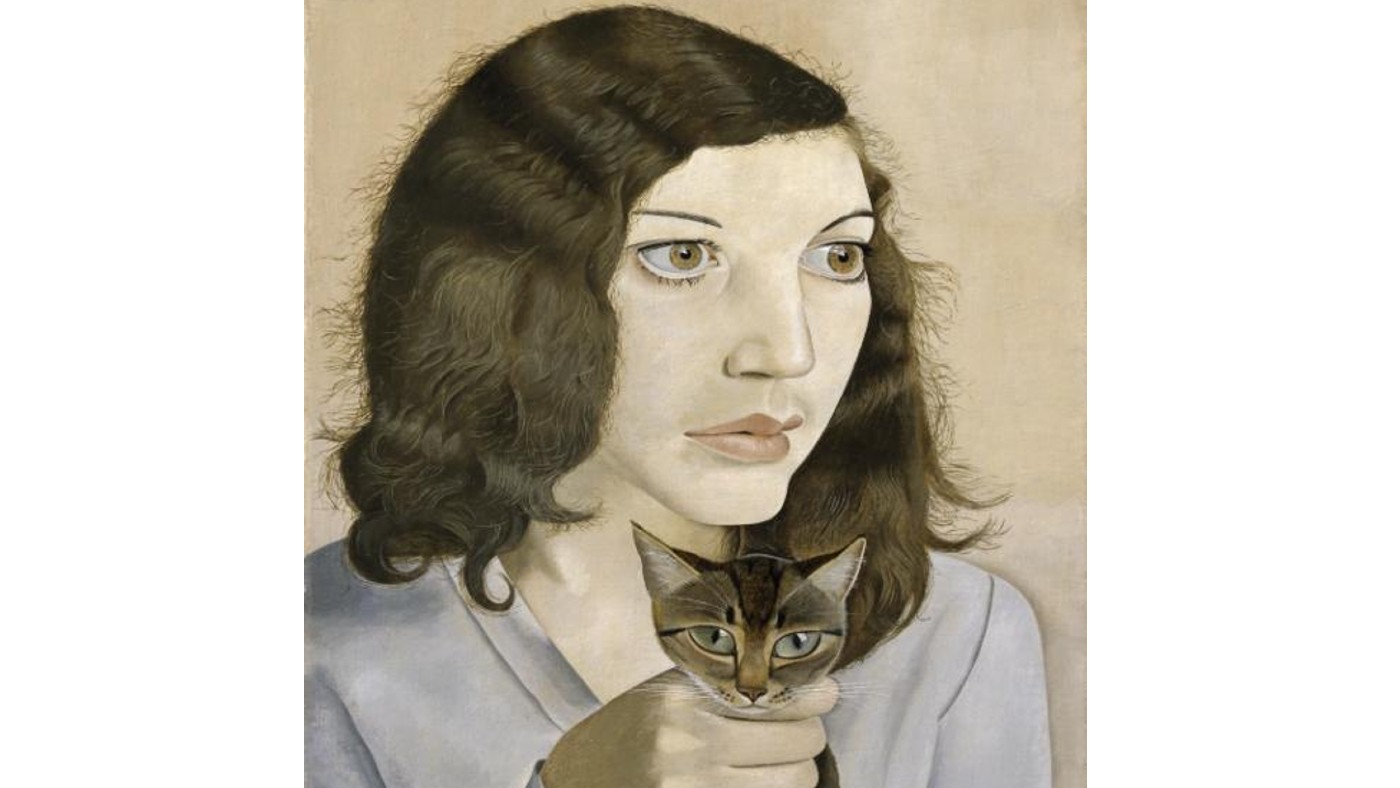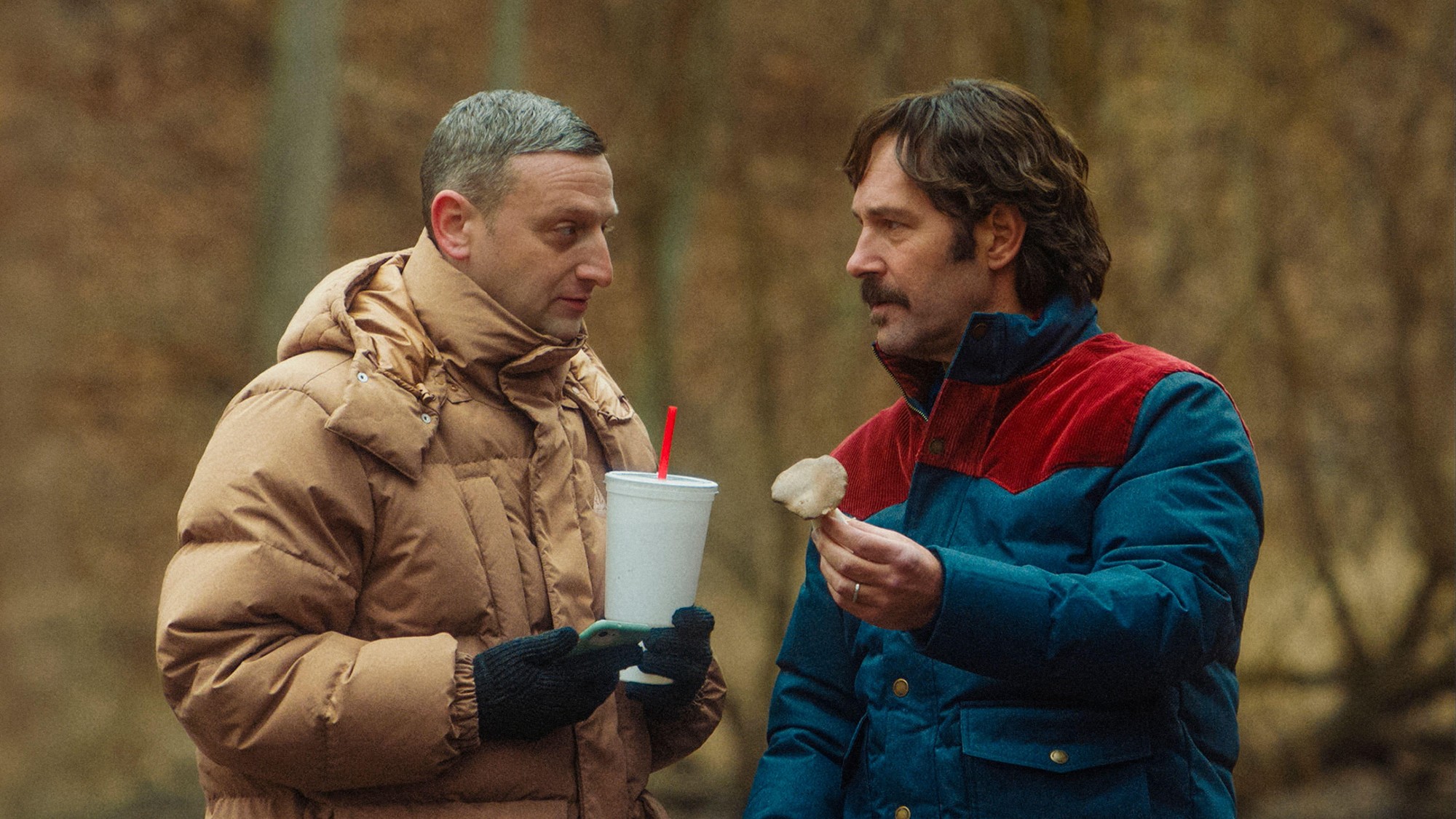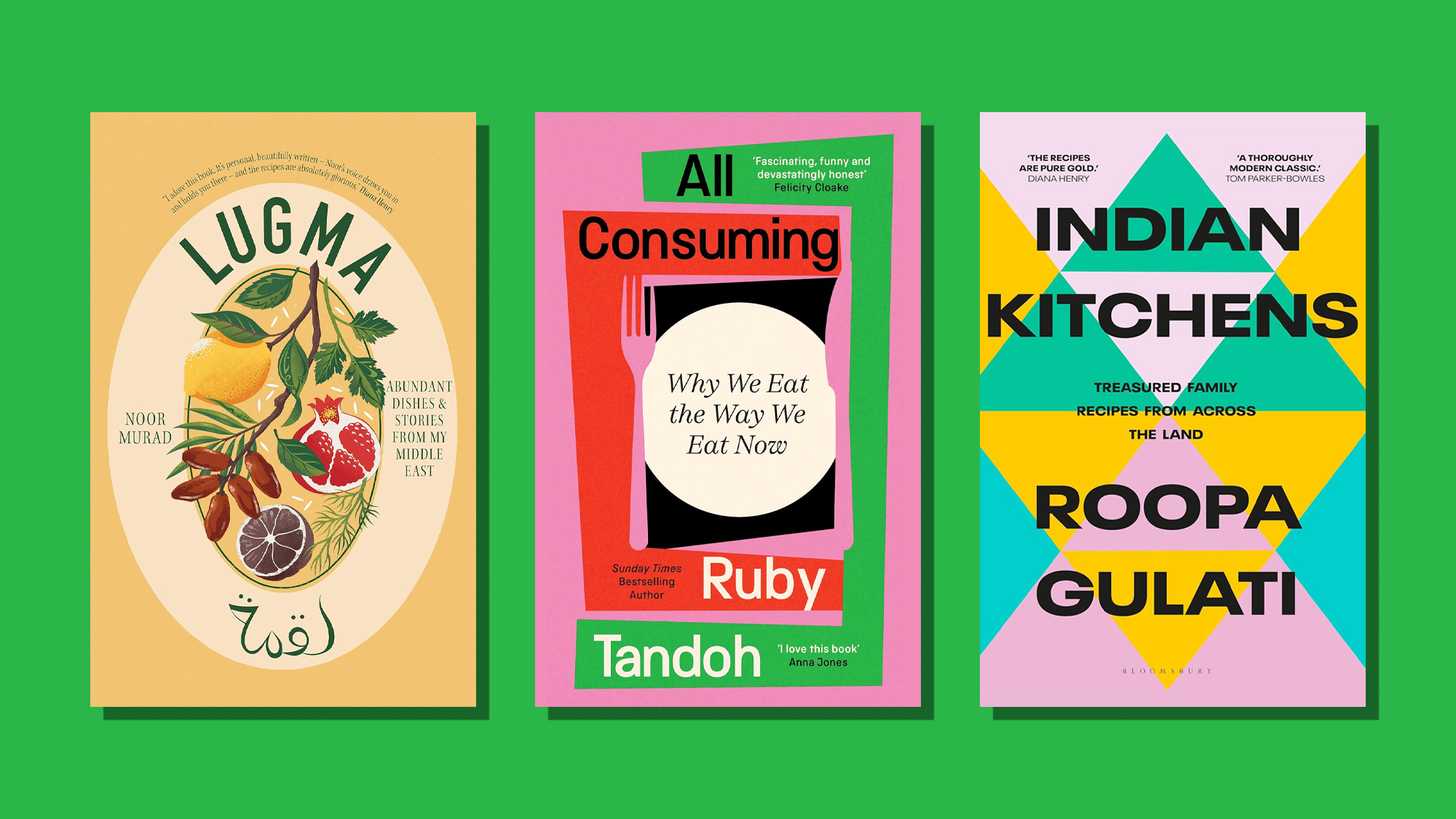Lucian Freud: Real Lives exhibition at Tate Liverpool
This exhibition depicts ‘a nicer, less cruel side to Freud than the one that is usually served up’

Lucian Freud never had, as he put it, “a regular domestic life”. His sex life was, famously, “astonishingly active”, said Martin Gayford in Country Life: he was married twice and courted “a legion of lovers”; when asked how many children he had fathered, he would retort that he hadn’t “the slightest idea”. He gambled compulsively – once losing almost £1m in the course of a single lunch – and he loved mixing in both high and low society. “Freud’s subject matter was a continuation of his private life. His work is almost entirely concerned with what he knew and liked, both people and things.” Freud’s portraits were “largely of friends, lovers, wives, children and acquaintances”. A “remarkable array” of these have been gathered together for this exhibition at Tate Liverpool. On show is a selection of paintings and etchings Freud produced over the course of his long career, tracing his development as an artist from the late 1940s to his death in 2011. It is an explicitly personal career overview which overflows with “masterpieces”.
There is something decidedly uncomfortable about many of the works here, said Alastair Smart in the Daily Mail. Freud left a trail of “damaged individuals” in his wake, many of whom are depicted in these portraits. Uneasy as the visitor might feel about this, there’s no denying that they make for “fascinating subjects”. In one of the earliest works, 1947’s Girl with a Kitten, Freud’s first wife Kitty stares out of the composition with “wide-eyed apprehension”, refusing to meet our gaze. She grips the titular cat “so tightly around the neck that it’s almost being strangled”; the gesture hints at her “troubled psychological state”. Much later, in Girl in a Striped Nightshirt (1983-85), the sixtysomething Freud is still exploring familiar territory, capturing his much younger lover Celia Paul lying in bed. The “disconnect between the pair is clear” from the way she directs her eyes towards the mattress, avoiding eye contact with the artist; her nightshirt, you note, “is buttoned right up to the very top”. But there are moments of levity, too: at one point, we encounter a photograph of Freud performing an uncharacteristically “playful” headstand on a bed to amuse his teenaged daughter, Bella.
This excellent exhibition shows Freud in a new light, said Waldemar Januszczak in The Sunday Times. Most retrospectives devoted to him are dominated by the huge, inelegantly posed nudes for which he is probably best known. Here, the curators sidestep them to focus on the more delicate, inventive aspects of his work. It’s a relief after “the packed Freudian bodyfests of recent years”. His etchings are a particular revelation, almost “Rembrandtesque in their thoughtfulness”: a beautiful etched portrait of his long-time studio assistant David Dawson, for instance, captures him staring out of the frame with palpable “mournfulness”. Elsewhere, some of his “most notorious sitters” – including the Australian performance artist Leigh Bowery and Freud’s own mother, both of whom he generally tended to depict as forbidding figures – are represented “warmly and empathetically” in close-up portraits that are “pleasingly simple and shorn of confrontation”. All in all, this is an excellent exhibition that presents “a nicer, less cruel side to Freud than the one that is usually served up”.
The Week
Escape your echo chamber. Get the facts behind the news, plus analysis from multiple perspectives.

Sign up for The Week's Free Newsletters
From our morning news briefing to a weekly Good News Newsletter, get the best of The Week delivered directly to your inbox.
From our morning news briefing to a weekly Good News Newsletter, get the best of The Week delivered directly to your inbox.
Tate Liverpool, Royal Albert Dock, Liverpool (0151-702 7400, tate.org.uk). Until 16 January 2022
A free daily email with the biggest news stories of the day – and the best features from TheWeek.com
-
 The biggest astronomy stories of 2025
The biggest astronomy stories of 2025In the spotlight From moons, to comets, to pop stars in orbit
-
 The 8 best comedy movies of 2025
The 8 best comedy movies of 2025the week recommends Filmmakers find laughs in both familiar set-ups and hopeless places
-
 ‘Care fractures after birth’
‘Care fractures after birth’instant opinion Opinion, comment and editorials of the day
-
 The best food books of 2025
The best food books of 2025The Week Recommends From mouthwatering recipes to insightful essays, these colourful books will both inspire and entertain
-
 Art that made the news in 2025
Art that made the news in 2025The Explainer From a short-lived Banksy mural to an Egyptian statue dating back three millennia
-
 Nine best TV shows of the year
Nine best TV shows of the yearThe Week Recommends From Adolescence to Amandaland
-
 Winter holidays in the snow and sun
Winter holidays in the snow and sunThe Week Recommends Escape the dark, cold days with the perfect getaway
-
 The best homes of the year
The best homes of the yearFeature Featuring a former helicopter engine repair workshop in Washington, D.C. and high-rise living in San Francisco
-
 Critics’ choice: The year’s top 10 movies
Critics’ choice: The year’s top 10 moviesFeature ‘One Battle After Another’ and ‘It Was Just an Accident’ stand out
-
 A luxury walking tour in Western Australia
A luxury walking tour in Western AustraliaThe Week Recommends Walk through an ‘ancient forest’ and listen to the ‘gentle hushing’ of the upper canopy
-
 Joanna Trollope: novelist who had a No. 1 bestseller with The Rector’s Wife
Joanna Trollope: novelist who had a No. 1 bestseller with The Rector’s WifeIn the Spotlight Trollope found fame with intelligent novels about the dramas and dilemmas of modern women